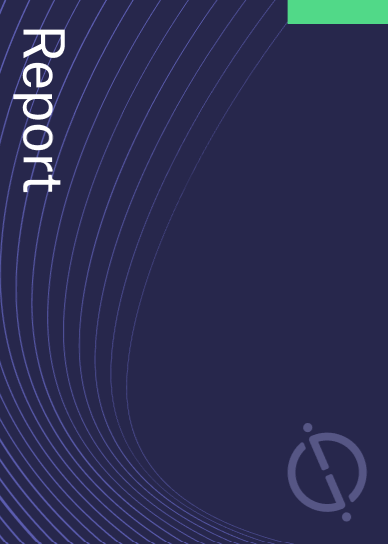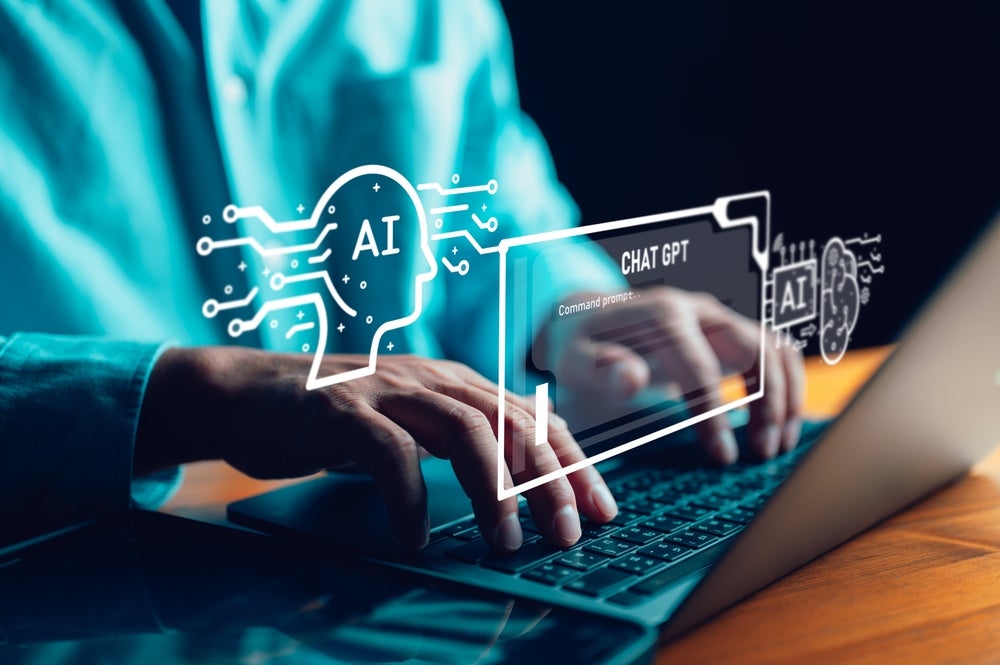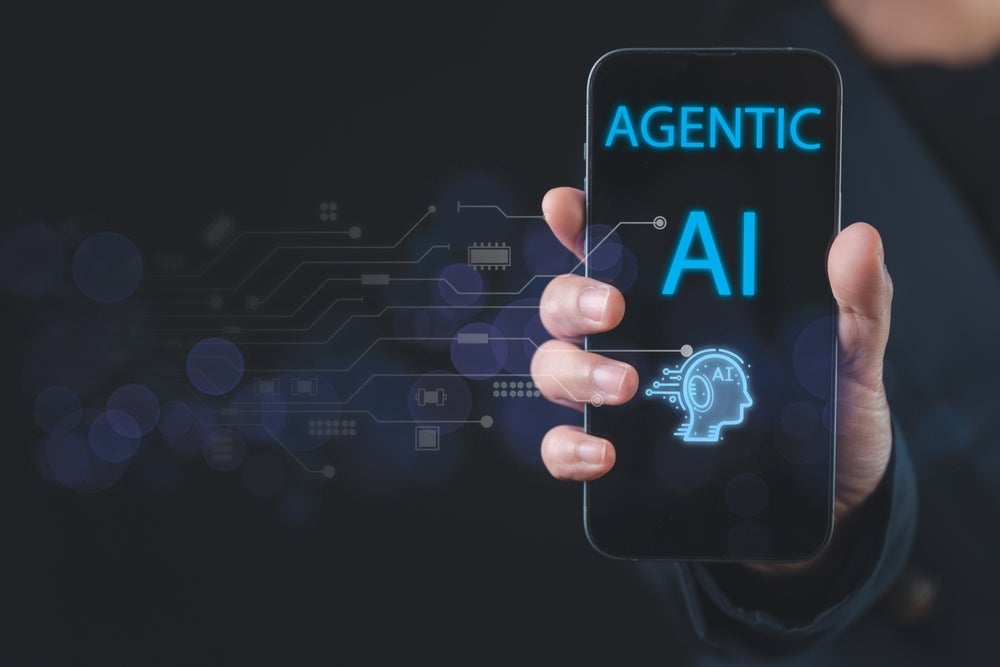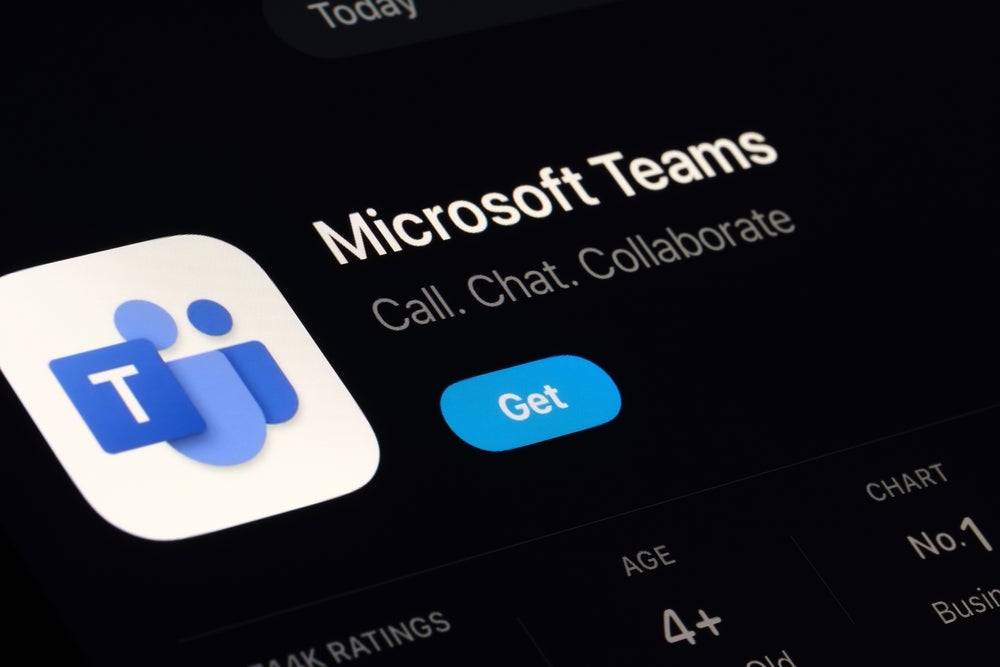Zoom Video Communications has been granted a patent for a method and system that dynamically presents attentional elements within a communication session. The system detects when a participant intends to communicate with another participant who has not acknowledged the intended communication. After a predefined period of time, the system initiates attentional elements within the user interface of the second participant to gain their attention. These attentional elements can include visual, audio, tactile, or UI changes to ensure the intended communication is noticed. GlobalData’s report on Zoom Video Communications gives a 360-degree view of the company including its patenting strategy. Buy the report here.

Access deeper industry intelligence
Experience unmatched clarity with a single platform that combines unique data, AI, and human expertise.
According to GlobalData’s company profile on Zoom Video Communications, Intelligent contact centers was a key innovation area identified from patents. Zoom Video Communications's grant share as of September 2023 was 33%. Grant share is based on the ratio of number of grants to total number of patents.
Dynamic presentation of attentional elements in communication sessions
A recently granted patent (Publication Number: US11778004B2) describes a method and system for managing communication sessions. The method involves presenting a user interface (UI) to participants within a communication session and receiving a signal when a first participant intends to communicate with a second participant who has not acknowledged the intended communication. After a predefined period of time, if the intended communication has not been acknowledged and the event has not terminated, attentional elements are initiated within the UI of the second participant. If the intended communication is still not acknowledged, an additional attentional element is initiated, which is more pronounced or of a different modality than the initial attentional element.
The attentional elements can include various visual, audio, tactile, or UI elements. For example, the UI of the second participant may shake, move around, change color, or flicker. Audio elements can be played back, tactile or vibration elements can be sent to the participant's device, and UI elements can appear or be maximized or minimized.
The method also includes displaying a notification within the UI of the second participant upon receiving the signal of the event. The predefined period of time passes after the notification is displayed, and the attentional element is more pronounced than the notification.
The event associated with the first participant can be physical signaling within a video feed, such as raising or waving a hand. Determining that the event has not yet terminated involves determining that the first participant is still raising or waving the hand. Alternatively, the event can be the first participant sending a message to the second participant via the UI.
The system includes one or more processors configured to perform the method operations. It also includes the ability to generate a queue for determining a priority order for initiating attentional elements when multiple events occur within a prespecified window of time.
Overall, this patent provides a method and system for effectively capturing the attention of participants in a communication session when intended communications are not acknowledged, ensuring important messages are noticed and responded to.
To know more about GlobalData’s detailed insights on Zoom Video Communications, buy the report here.
Data Insights
From

The gold standard of business intelligence.
Blending expert knowledge with cutting-edge technology, GlobalData’s unrivalled proprietary data will enable you to decode what’s happening in your market. You can make better informed decisions and gain a future-proof advantage over your competitors.







